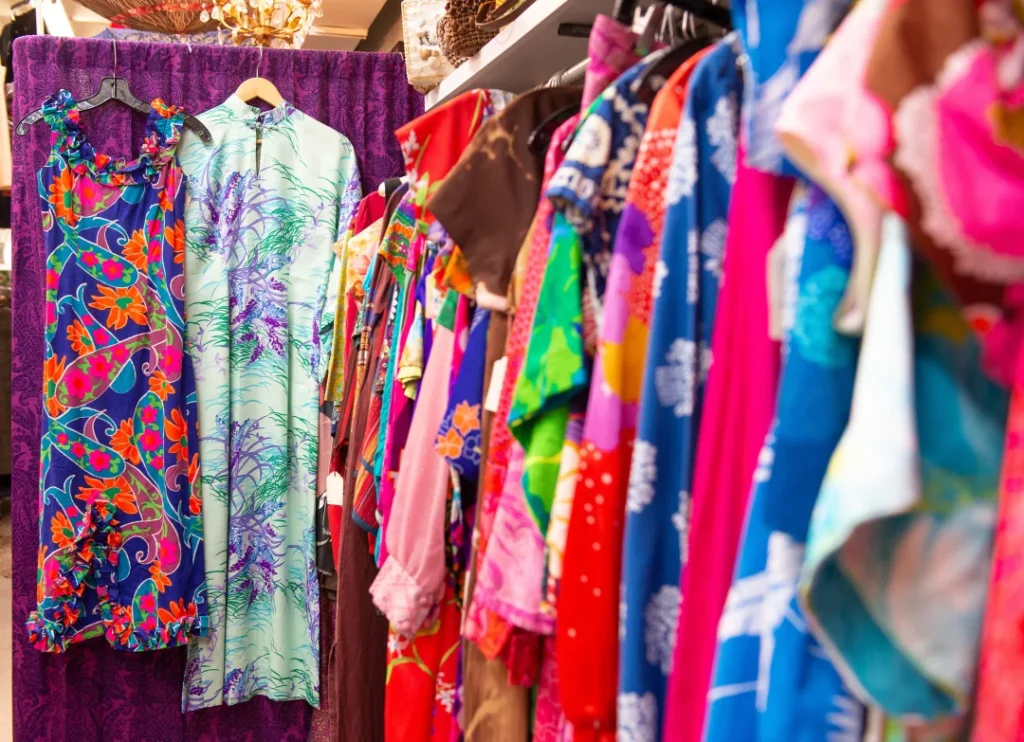
When Tyler, The Creator released his Grammy-winning album IGOR in 2019, he didn’t just share a new sound; he unveiled an entire aesthetic universe. A pivotal element of this rollout was the accompanying Tyler the Creator Igor Merch. Transcending the traditional role of band tees, the IGOR merch line evolved into a cultural phenomenon, seamlessly blending music fandom with high-fashion sensibility and collectible art. It was more than merchandise; it was a wearable piece of the album’s narrative.
A Symphony in Pastels: The IGOR Aesthetic
The genius of the IGOR merch lies in its unwavering commitment to a cohesive visual language. The album’s sound—a raw, synth-driven exploration of love and heartbreak—was mirrored in a specific, muted color palette. Tyler moved away from the vibrant chaos of his earlier work and embraced melancholic pastels: dusty lilac, creamy peach, mustard yellow, and baby blue, often punctuated by stark black and white. Each color felt intentionally curated to represent a specific emotion or character within the album’s story. To wear an IGOR crewneck was to embody the album’s vulnerable yet stylish protagonist.
The Art of Minimalist Statement
In defiance of loud, graphic-heavy concert tees, Tyler opted for a minimalist, almost preppy design approach. The collections featured deceptively simple motifs: the custom, crooked “IGOR” typography, a distorted, low-resolution image of Tyler in his iconic blonde bob and suit, and minimalist golf flags. This simplicity was a powerful statement. It elevated the items from standard fanwear to coveted fashion pieces, allowing the quality of the garments and the distinct color story to take center stage. The designs were instantly iconic, communicating a specific and sophisticated taste.
The Hype Machine: Scarcity and Exclusivity
Tyler and his Golf Wang label masterfully Official tyler the creator merch a scarcity-based drop model, a strategy directly borrowed from luxury streetwear. Collections were released in limited, unpredictable batches on his website, often selling out within minutes. This strategy transformed a simple purchase into a competitive event, fostering a dedicated community of fans who would eagerly anticipate each new drop. It created an aura of exclusivity, positioning the merch not as a mass-produced product, but as a coveted trophy for those quick enough to secure it.
From Mosh Pit to Runway: Permeating Fashion Culture
The impact of the IGOR merch quickly spilled out of the music scene and into the broader fashion world. The distinct pastel color scheme and clean designs became staples in street style, worn by fashion enthusiasts who valued the aesthetic as much as the music. The collection successfully blurred the line between music merchandise and high-fashion apparel, demonstrating that artist merch could be critically respected and desired as a standalone fashion collection. It became a symbol of a specific, avant-garde cool.
The Collector’s Market: A Testament to Value
The direct result of limited supply and immense demand was a thriving and lucrative aftermarket. Platforms like Grailed and Depop saw IGOR items routinely resell for hundreds, and sometimes thousands, of dollars—far exceeding their original retail price. This booming resale economy wasn’t just a sign of popularity; it was a certification of the merch’s status as a cultural artifact and a valuable collectible. These pieces became investment-grade items, a rare feat in the world of music merchandise.
The Lasting Legacy of a Merchandise Revolution
The enduring legacy of the IGOR merch is its fundamental redefinition of what artist merchandise can achieve. Tyler, The Creator proved that merch could be a genuine and integral extension of an album’s artistry, crafted with the same intention and creativity as the music itself. It showed that audiences crave a deeper connection—they don’t just want a logo; they want a piece of the world an artist creates. The IGOR collection remains the benchmark, inspiring a new generation of artists to approach merchandising not as an afterthought, but as an essential chapter in their artistic story.